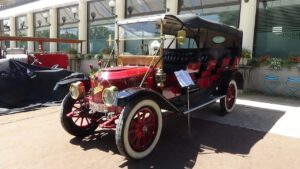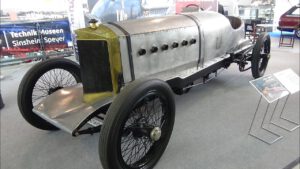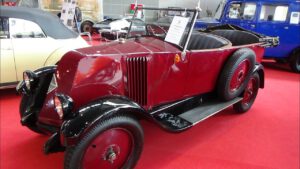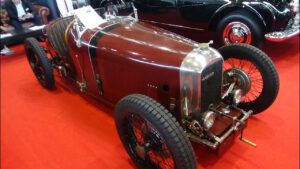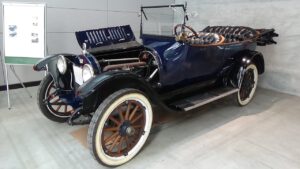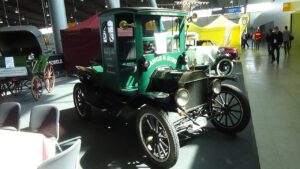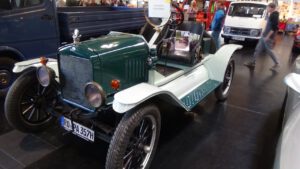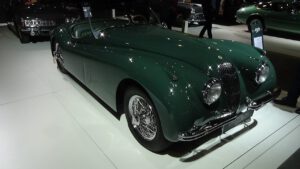
The introduction of the Ford Model T also called “Tin Lizzie” opened the industrial and social revolution. In 1913, Henry Ford started assembly line production. One year later, he produced 1000 vehicles per day. The Ford company produced over 15 million automobiles between 1908 and 1927. Mass production increased to 9000 cars per day! Tin Lizzie was just made for America’s bumpy roads. Automobiles began to be affordable for more and more people and changed their lifestyles. They believed in technological progress and cars turned into status symbols.
From 1914 to 1918, car manufacturers produced automobiles for the army during the First World War. In the twenties, contemporaries witnessed the breakthrough of petrol engines. By then the industry had not yet chosen whether to run cars on gas or on petrol. The benefits were a better range and rapid fuelling. European cars mostly had four-cylinder engines with 1500 cm³ cubic capacity compared to American automobiles with six or eight-cylinder engines with 4000 cm³ cubic capacity.
